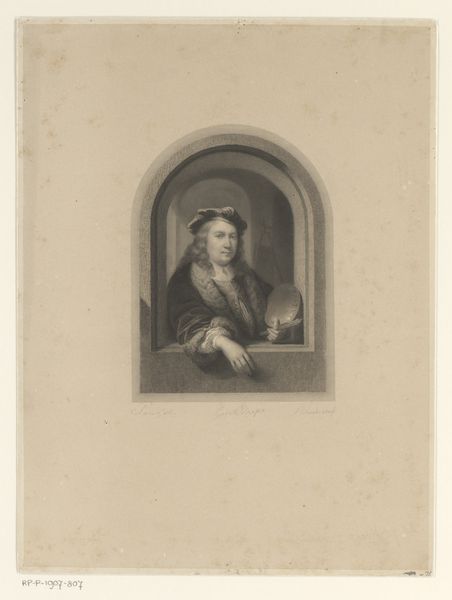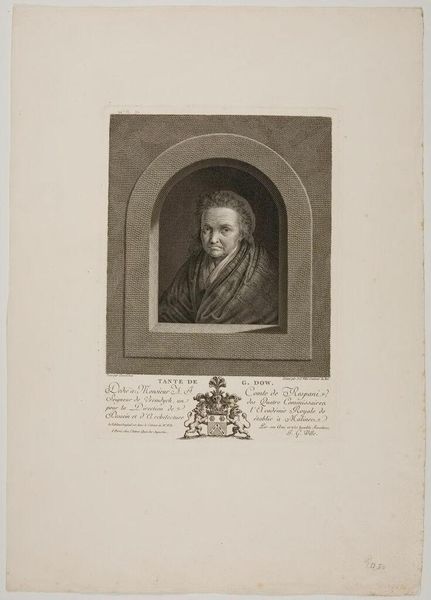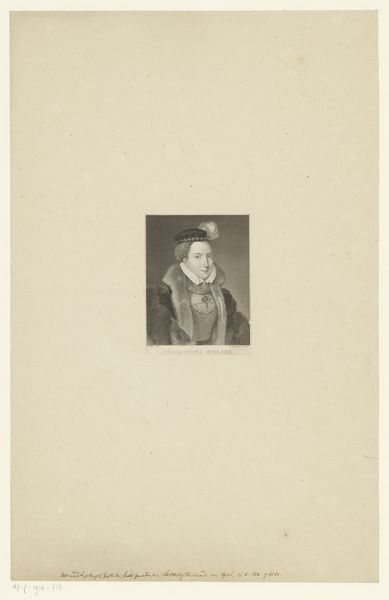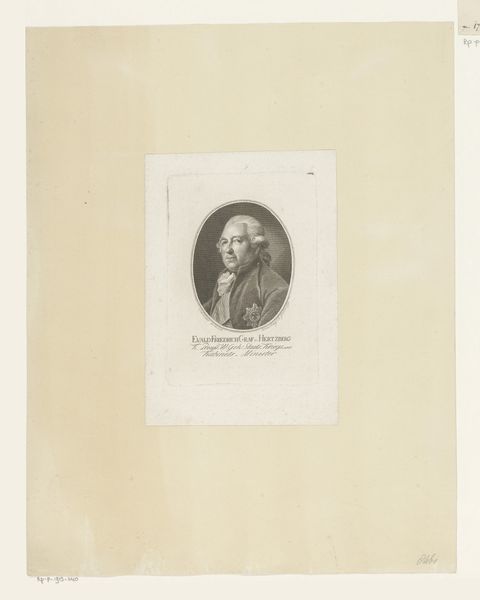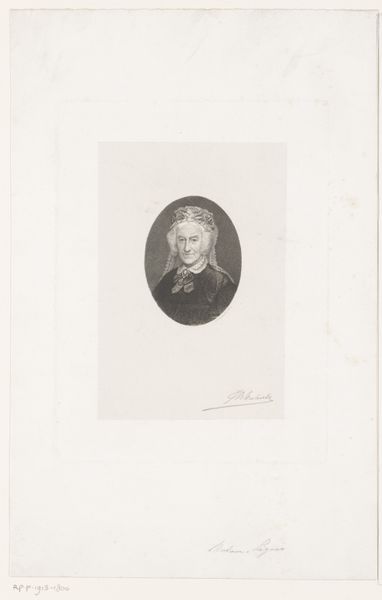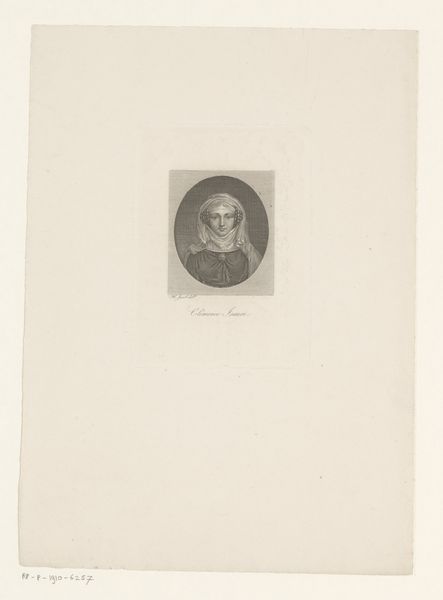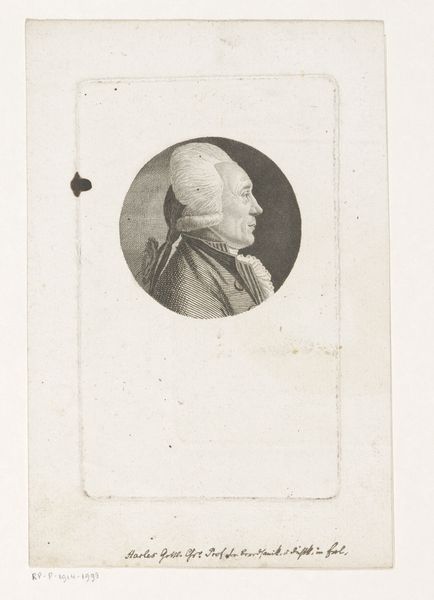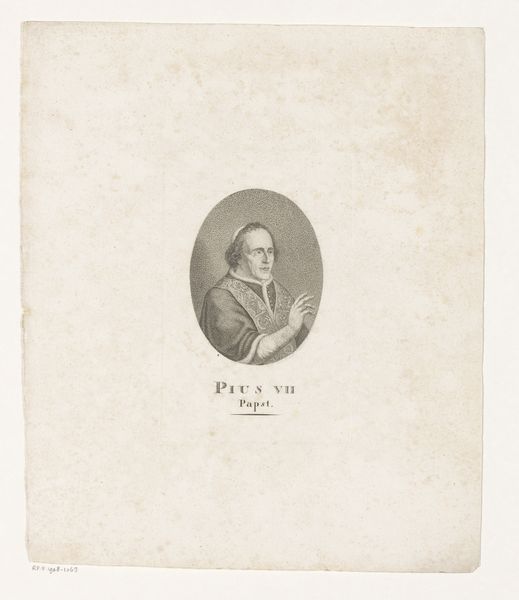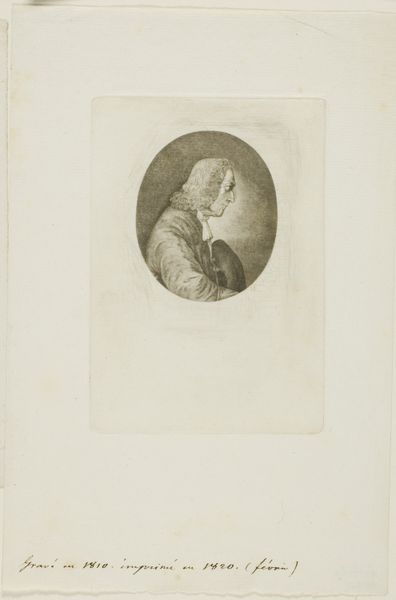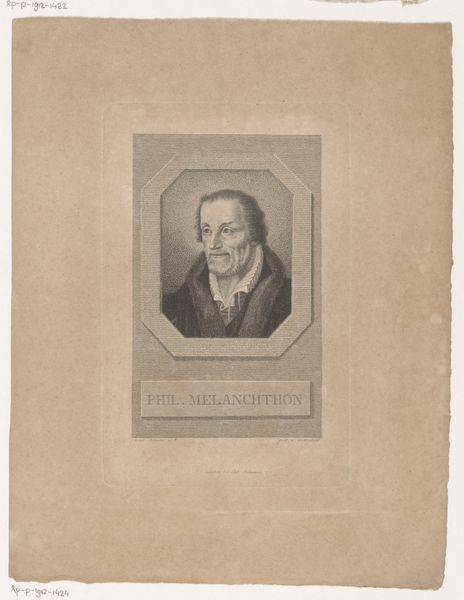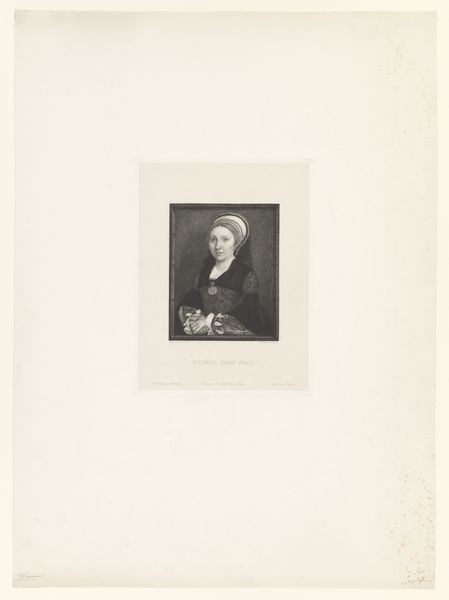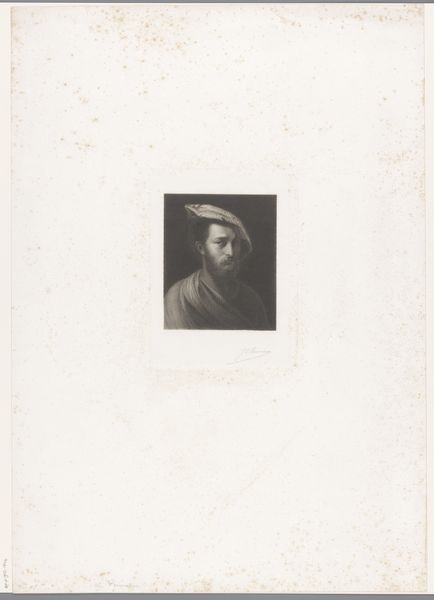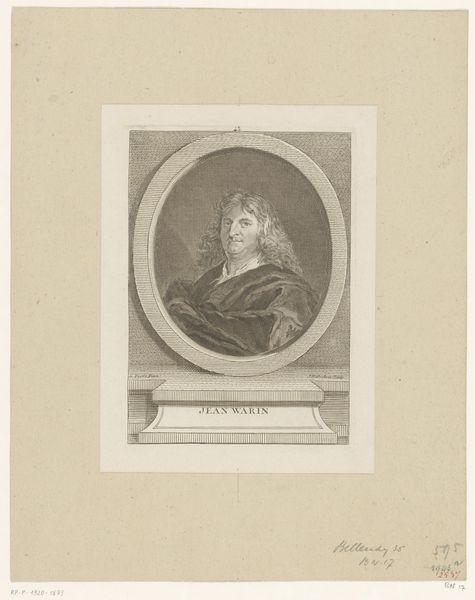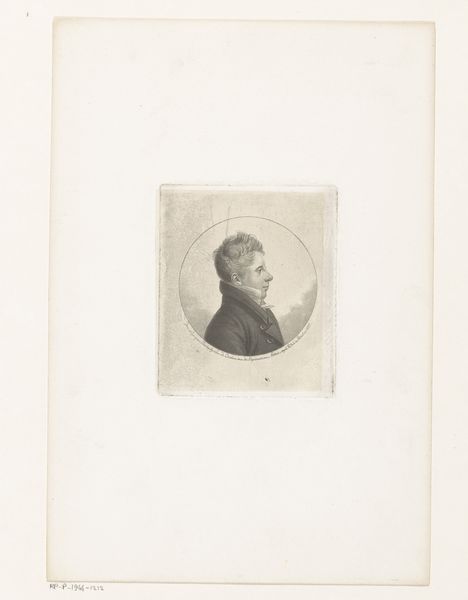
print, engraving
#
portrait
#
pencil drawn
#
neoclacissism
#
light pencil work
# print
#
form
#
tonal art
#
engraving
Dimensions: height 240 mm, width 173 mm
Copyright: Rijks Museum: Open Domain
Editor: Here we have Johann Georg Wille’s "Buste van een oude vrouw," made around 1780. It's a print, an engraving. What strikes me is the tonal quality he achieves with such delicate lines. How do you interpret this work, considering its materials and production? Curator: The means of production are central here. Engraving, unlike painting, is a reproductive medium. Consider the labour involved: the artist painstakingly cuts lines into a metal plate, a skilled craft demanding precision and time. This challenges the romantic idea of the artist’s genius flowing directly onto the canvas. We have to ask about the social context of printmaking – it made images accessible, circulating them amongst a wider audience than paintings would. Editor: So the choice of printmaking isn't just about aesthetics, it's a conscious decision about distribution? Curator: Exactly. It speaks to the evolving role of art in society and its democratization. The ‘Buste’ would have been consumed quite differently to, say, a painted portrait commissioned by the aristocracy. Were these widely circulated and relatively inexpensive compared to other portraits? Editor: Presumably! How does the context of the late 18th century inform the artwork itself? Curator: The subject, an "old woman," presented within a faux architectural surround - are they celebrating labor or exploiting someone? Was this particular process available only to people in particular income brackets? Does this mean it's commentary or exploitation of that societal standard? Considering how the print functions within the economic realities of the time gives us a more layered understanding of its significance. Editor: I see what you mean. I had only thought of the visual impact before, not the labor and distribution aspect. I never thought of the role that income had in art styles. Curator: Material considerations push us to re-evaluate hierarchies of art and value judgments. Focusing on material is how it ties to its context, revealing previously unseen assumptions we might hold as viewers.
Comments
No comments
Be the first to comment and join the conversation on the ultimate creative platform.
